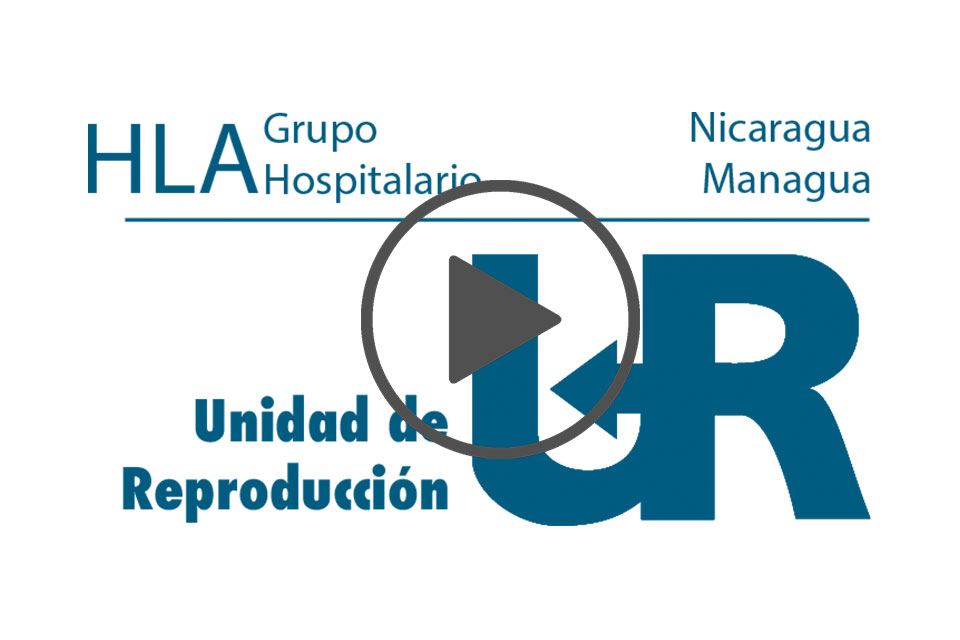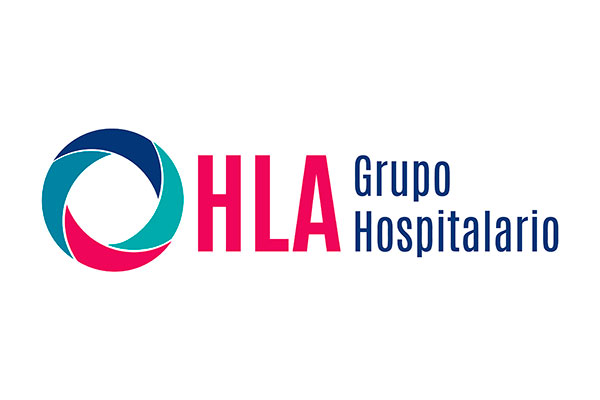GENETIC COMPATIBILITY
Genetic compatibility studies have been developed thanks to the advance of technology in the field of Biotechnology, especially that known as new generation sequencing or NGS, allowing us to study a large number of genes in an affordable time and resources. These advances have enabled us to study the well-known panels of recessive diseases linked to the X chromosome. These include the most prevalent genetic diseases in our environment, the most severe and those that appear in childhood.
Thanks to the emergence of these panels, patients undergoing ART, and even those without fertility problems but planning to have a child; can benefit from such and reduce the risk of having offspring affected by any of these diseases. We do not have a consensus on which diseases to include in these panels, but at least those recommended by scientific societies have been included, such as Cystic Fibrosis, Thalassemias, Spinal Muscular Atrophy, Non-syndromic Congenital Deafness in women and Fragile X Syndrome.
These diseases, if we take them from the general population have a very low prevalence, but all together might constitute a prevalence of 1 in 300 gestations. This would mean that in Spain, 30,000 children could be born each year with one of these genetic diseases. The couple who, when this test is performed and obtains a result in which both members are carriers of a causal mutation in the same gene, have the opportunity to make a decision in the reproduction process to avoid an affected offspring.
If the couple is affected, a preimplantation genetic test for monogenic diseases (PGT-M) or a change in one of the gametes may be proposed. This test has provided a very useful tool to the reproduction units as it has facilitated the study of gametes donors, allowing to offer couples high “genetic quality” gametes, with a low risk of suffering from recessive diseases and X-linked.
KARYOTYPE
It is one of the mandatory tests in reproduction patients as it will allow us detect both numerical and structural chromosomal anomalies. The infertile couple has a risk of carrying a chromosomal abnormality almost 13 times higher than the control population. The severity of chromosomal alterations varies greatly depending on whether they are numerical alterations, which are the most serious, or structural alterations; in most cases they do not have clinical repercussions except for fertility problems.
The numerical alterations found in genetic consultations are related to sex chromosomes. The male has a karyotype 46, XY; and the female has a karyotype 46, XX. It is frequent to find patients in the reproduction clinic with Klinefelter syndrome, XXY males, with a mild phenotype, who do not show any symptom of the Syndrome until they try to have children. On the contrary, we can find women with Turner syndrome, that is, women 45, X. Both cases are usually found in mosaic, that is, patients present at least two types of cell lines in their organism: that corresponding to the normal situation, for example 46, XX; and the one corresponding to the anomalous situation 45, X. For this situation, an example of chromosomal formula that we can find is:
Structural alterations are those that do not entail either gain or loss of chromosomal material. We can find translocations or inversions, which have no effect on the patient except for difficulty to achieve pregnancy. When we encounter these cases of chromosomal alteration, patients can benefit from a cycle of In Vitro Fertilization by means of a Pre-implantation Genetic Test as to select embryos with a normal chromosomal endowment.




